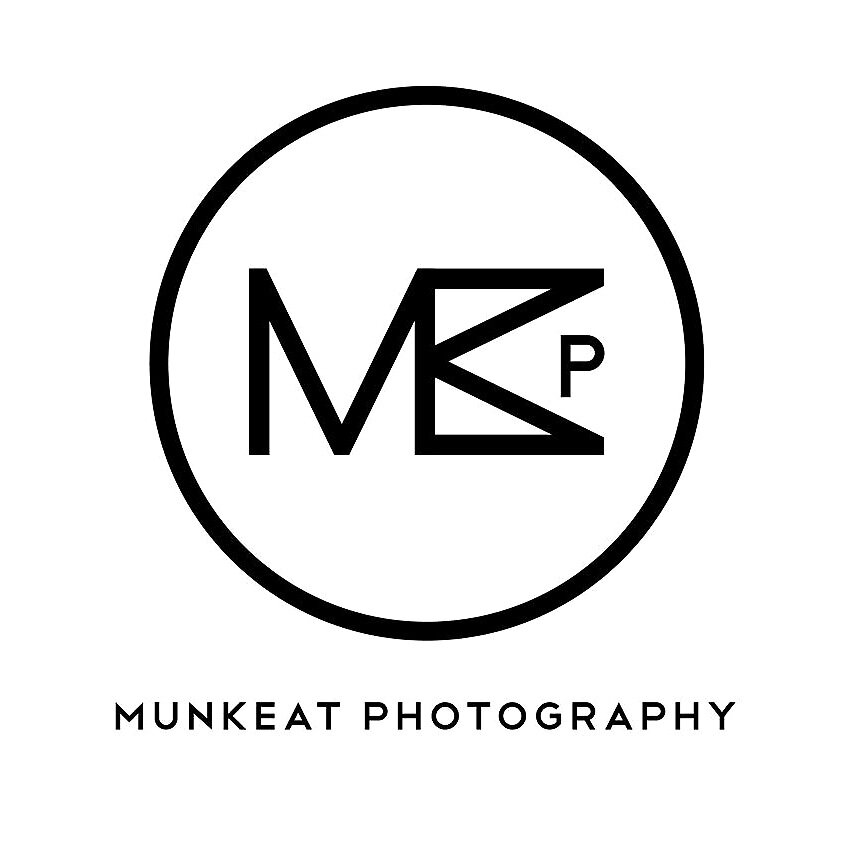Just like the tittle of this post implies, I love rangefinders camera A……LOT as compared to other types of cameras simply because of it’s focusing and shutter mechanism. All rangefinders camera usually utilizes either the focal-plane shutter (Leica M, Zorki, Kiev, Contax iia etc) or the leaf-shutter mechanism (Yashica Electro, Canon Canonnet, Minolta Hi-Matic, Mamiya 6/7 and etc).
Rangefinder cameras are usually much smaller than SLRs, quieter ( due to no flapping mirror ) , can be handheld at much slower speeds, flash sync at all speeds, focus in very low-light / low-contrast, are much more rugged, and usually cheaper except for the Leica of course. They are less complicated and moving parts thus less likely to break.
Using the rangefinder cameras require sometime of getting used to specially if one are used to shooting with a SLR . The images on the SLR viewfinder is ‘what you see what you get’ as it was focus through the lens. Rangefinder on the other hand focus through the viewfinder which is located on the side of the camera which is not through the lens. To focus with these rangefinders, one would just have to turn the focusing tab on the lens to match the superimpose subject in a small rectangular box right in the center of the viewfinder. It’s fairly easy when you are used to it. Being a rangefinder, the cloth shutter curtain is really silent as it does not have a flapping mirror. Almost identical to our modern day mirror-less camera such as the Olympus Pen. Also the size of the camera body and lenses is a lot less bulkier hence carrying the camera all day long would no be much of a problem. This is the reason why most street photography love using rangefinder camera as compared to SLR.
Pros
1) Light weight and small
2) Silent and unobtrusive
3) Can be hand held at much lower shutter speed, say 1/15s on a 50mm.
4) Sharper images as RF lenses normally protrudes deeply into the camera body and it’s very near to the capturing medium such a film or sensor.
5) Superb wide angle and normal lenses
6) No black out when the shutter is pressed.
7) Superb framing. Easier for photographer to anticipate subject moving into the frame.
8) Very bright, aperture independent viewfinder
Cons
1) Macro photography is almost impossible for film Rf camera.
2) Parallax issue when shooting at close range - due to the distance between the viewfinder and lens position .
3) DOF preview is non existence.
4) Telephoto lenses are limited to 135 mm or shorter due to frames line restriction.






